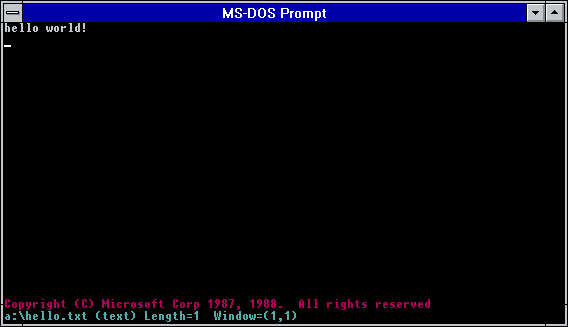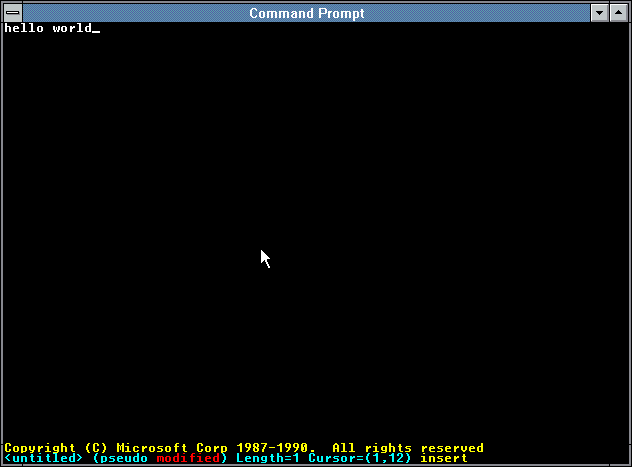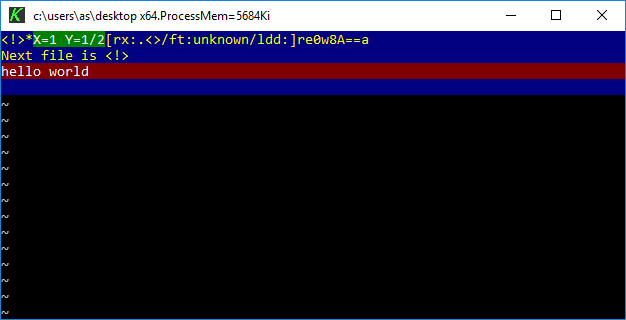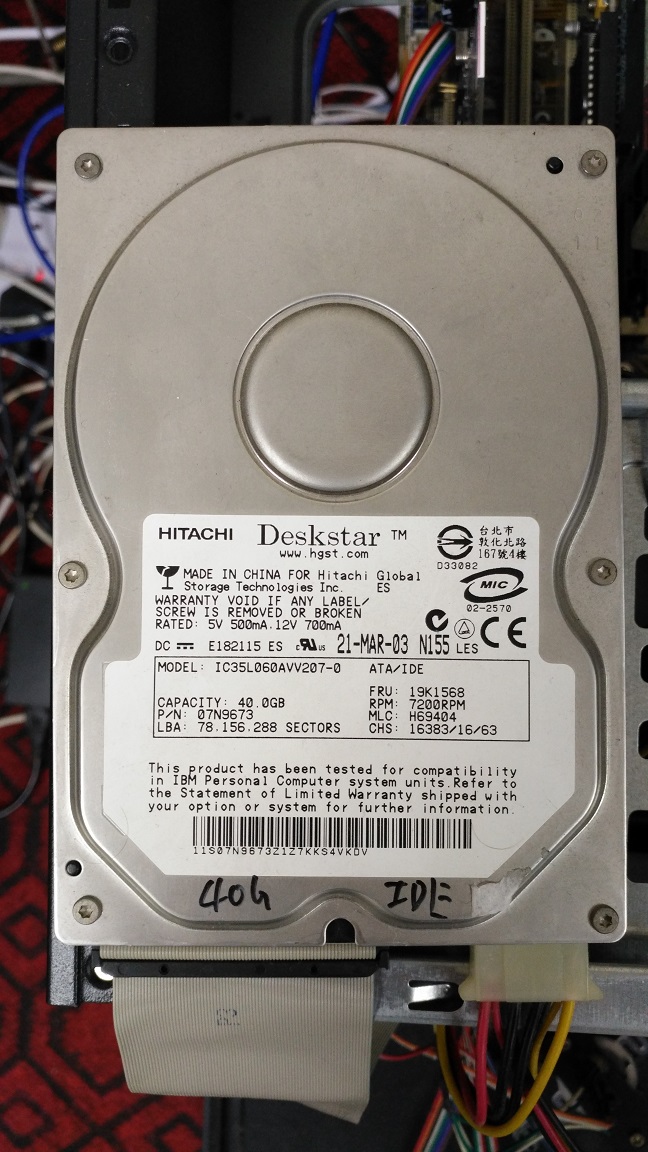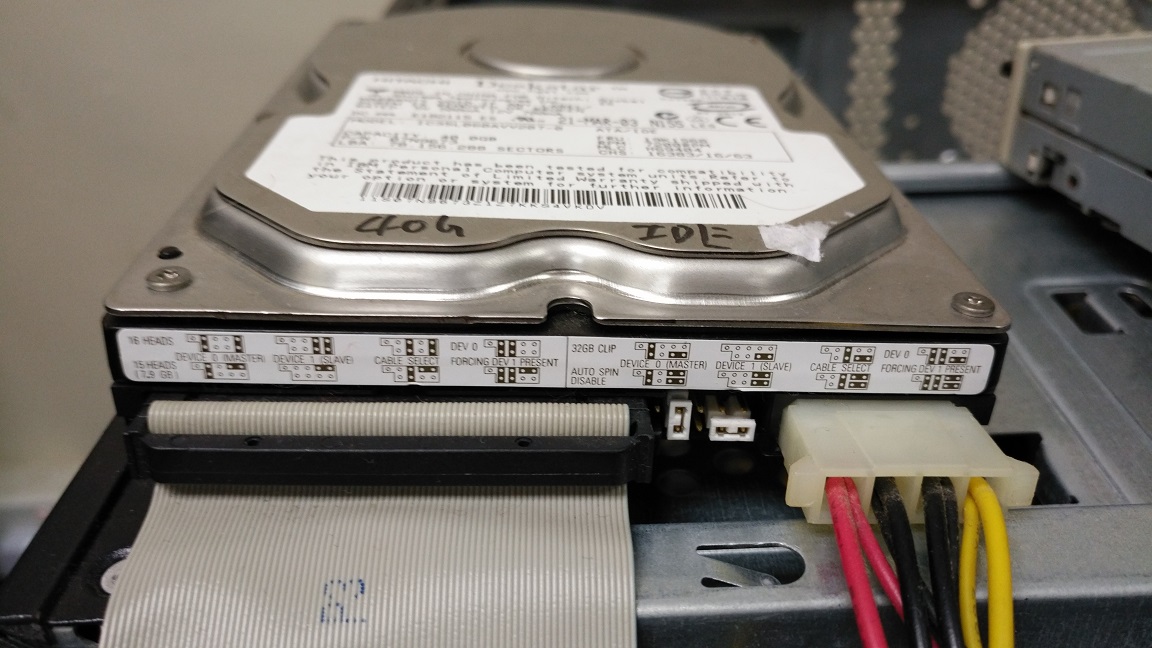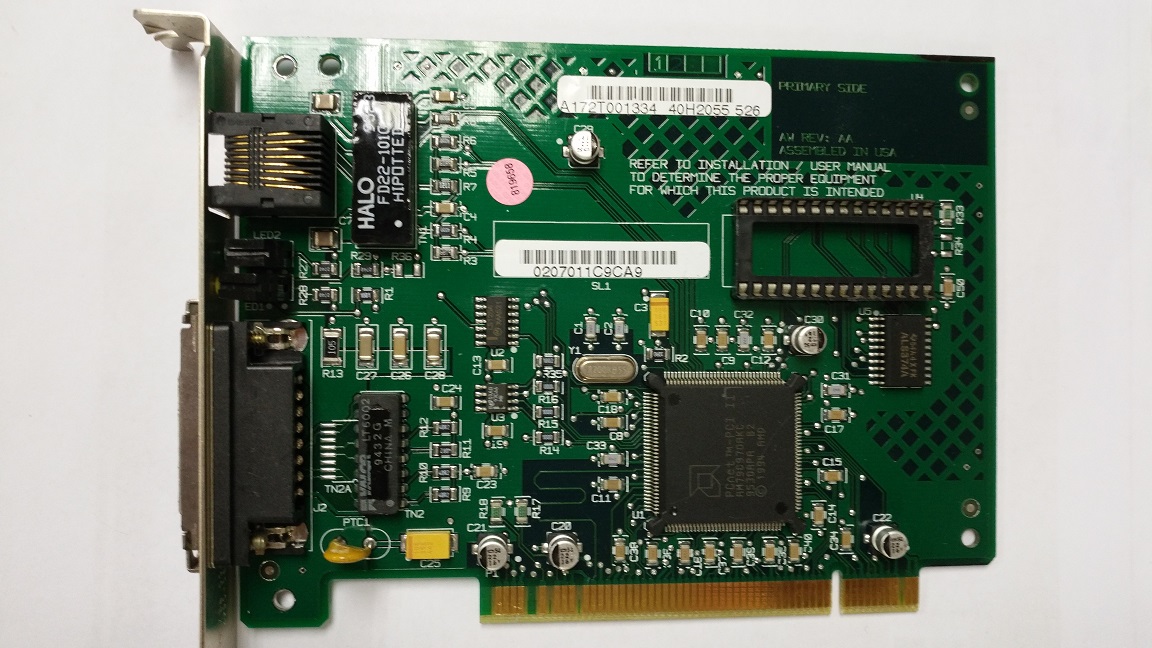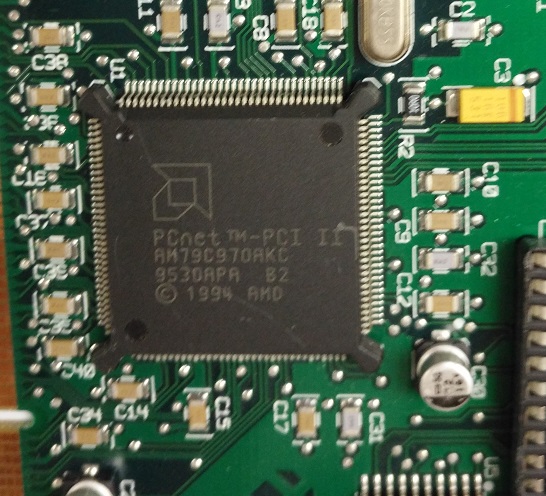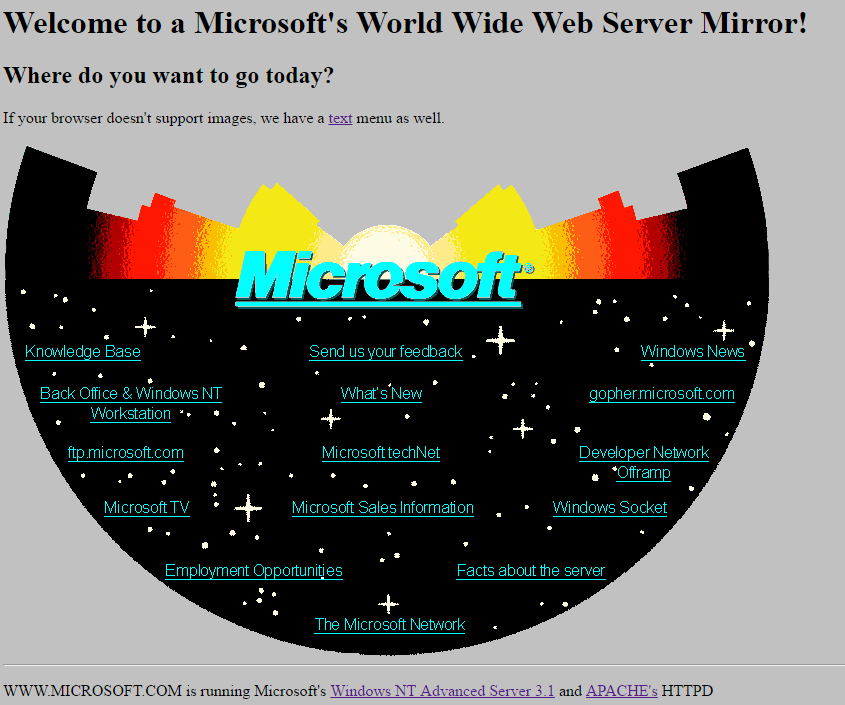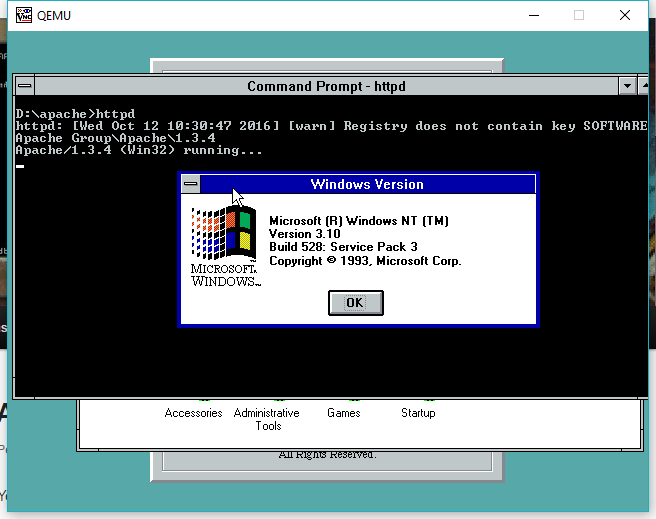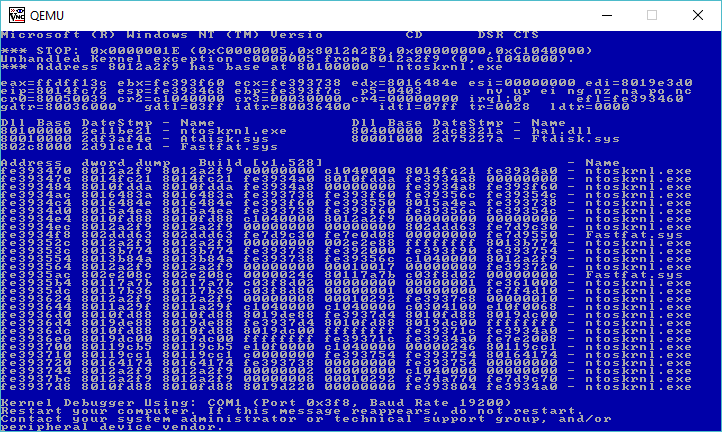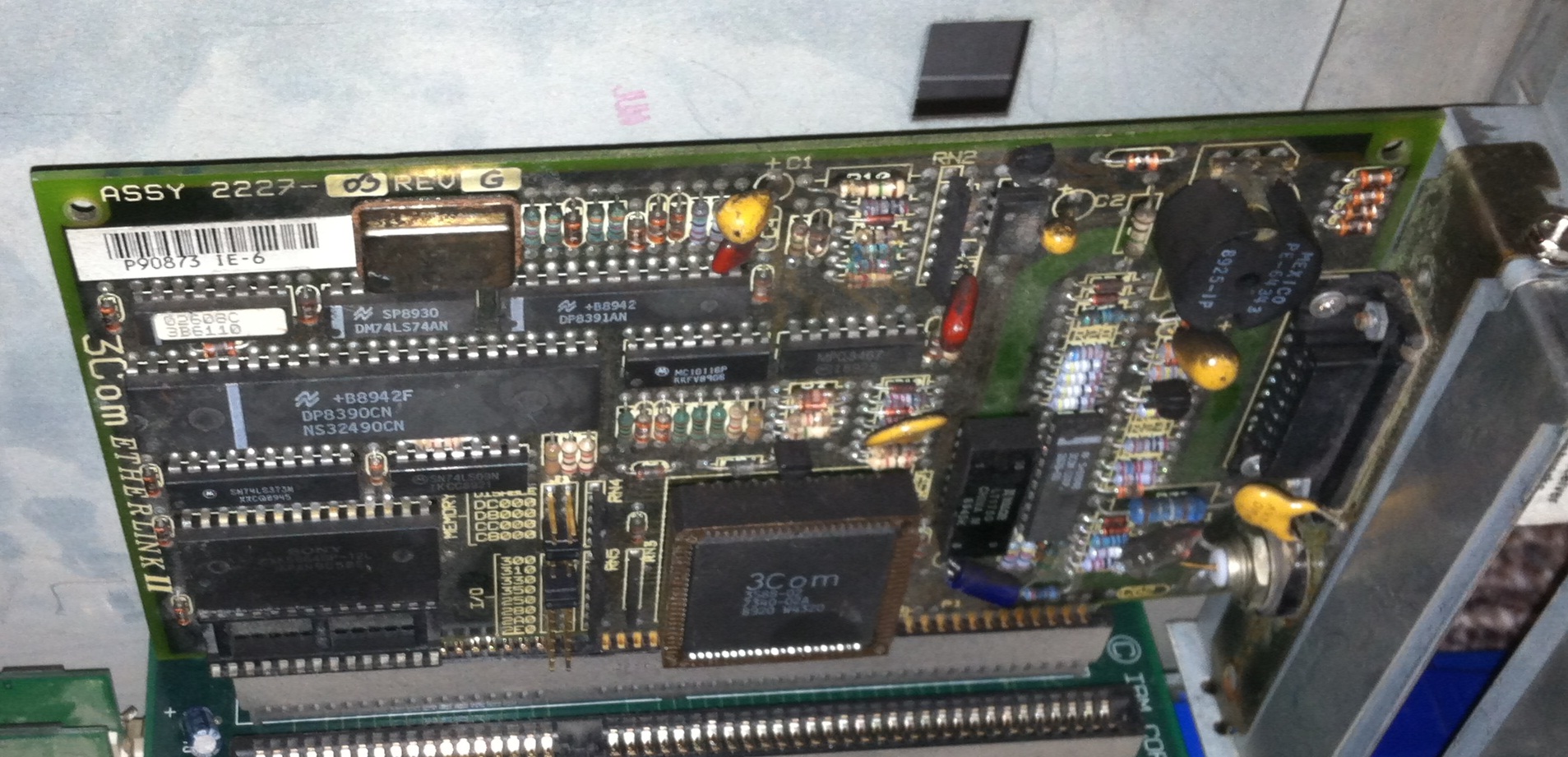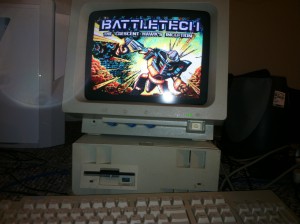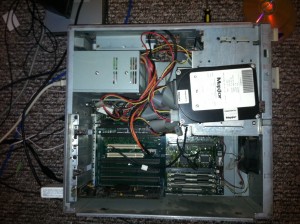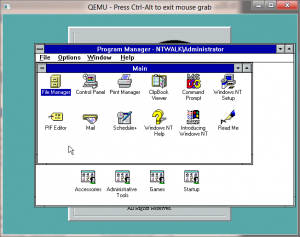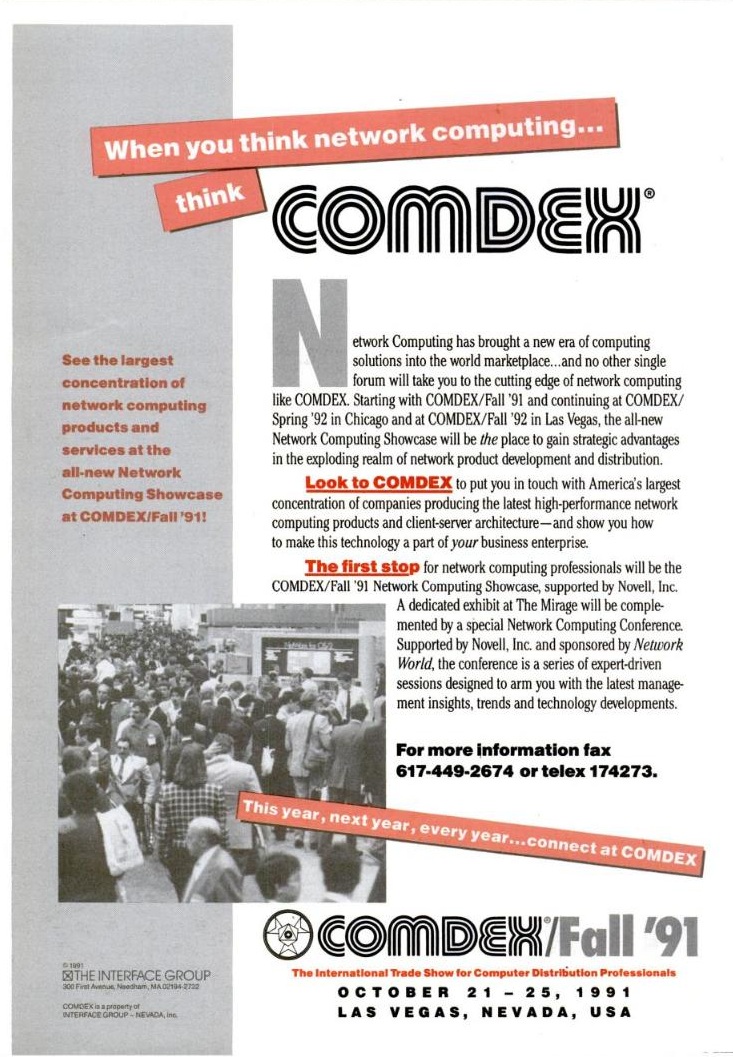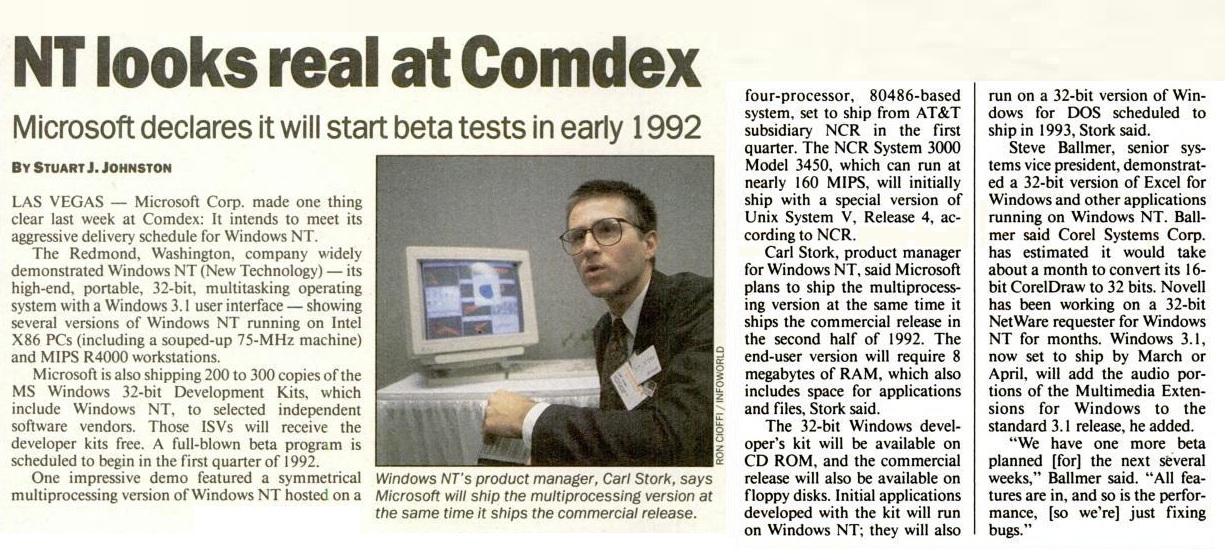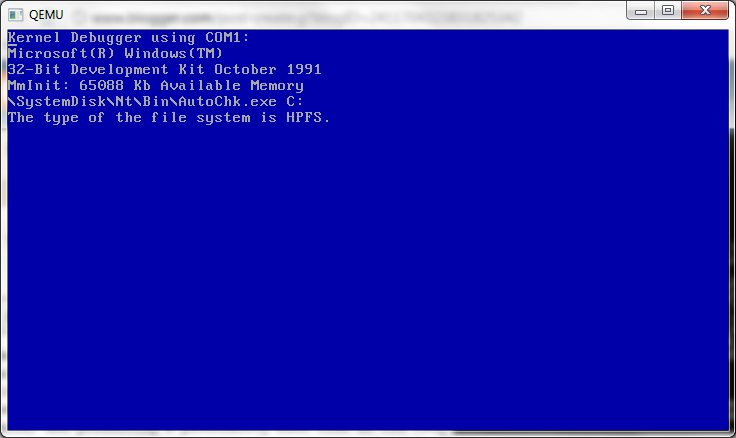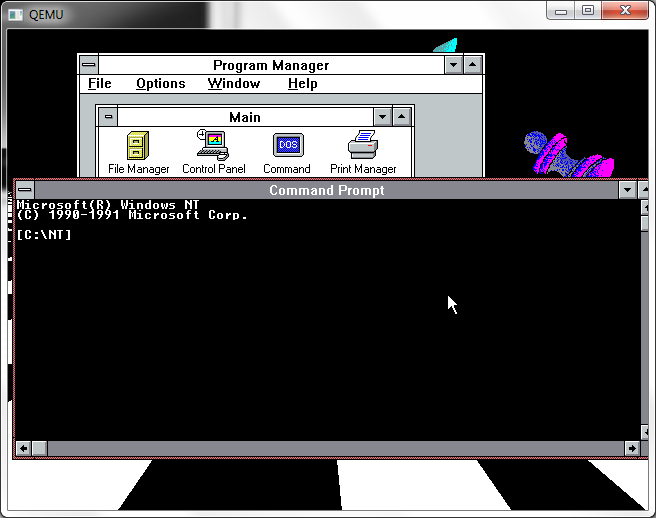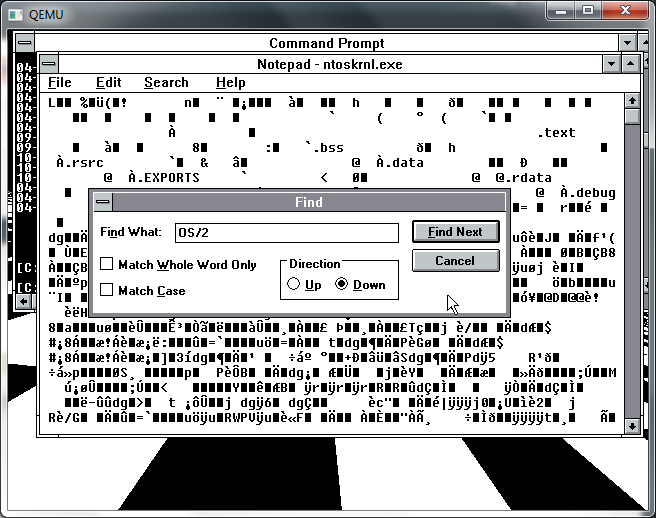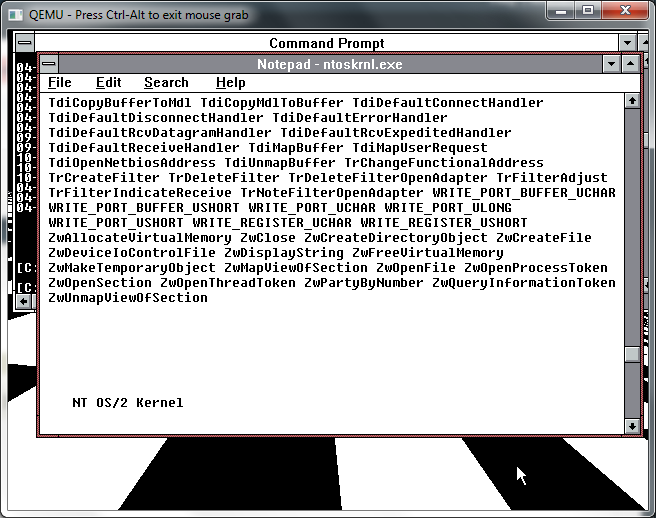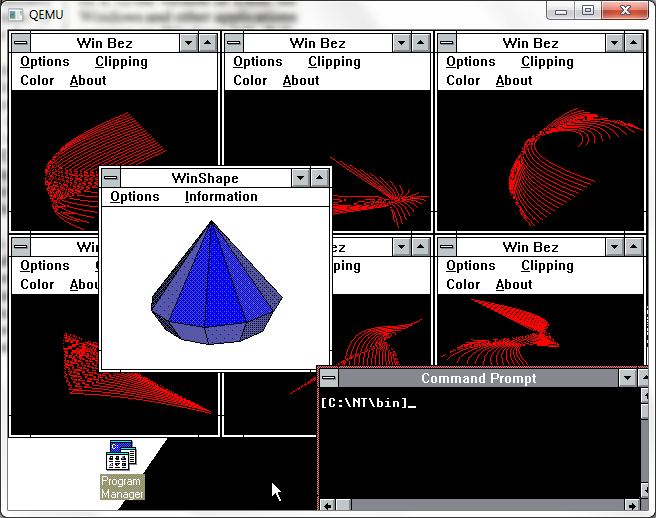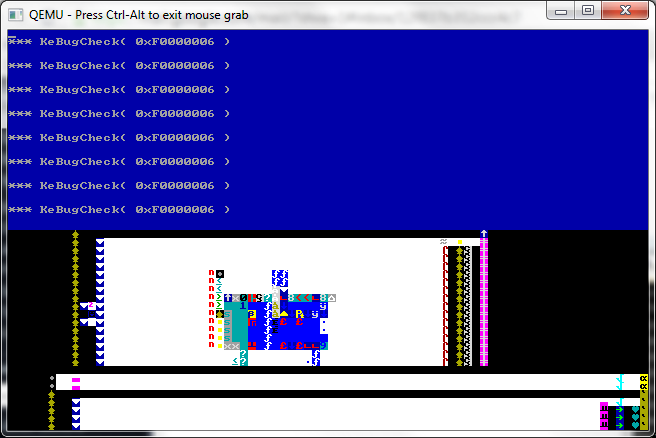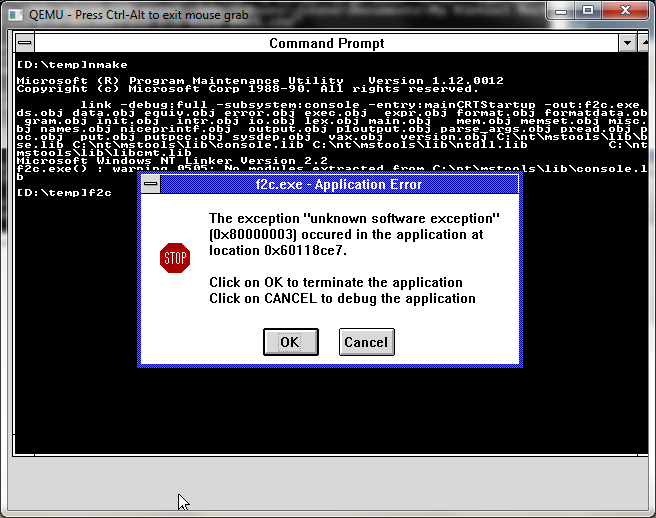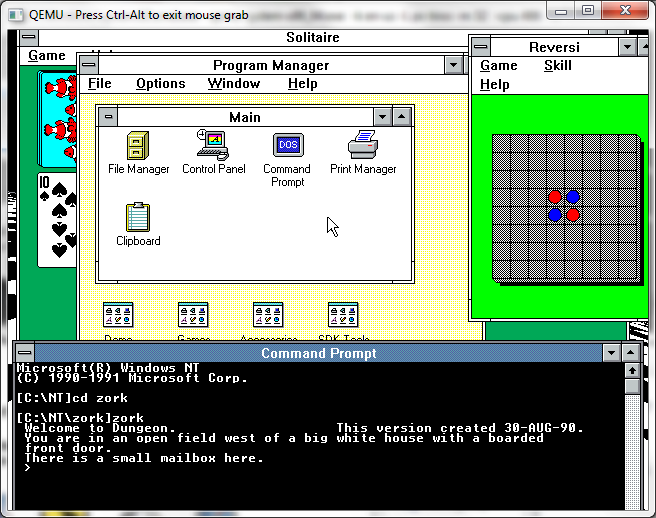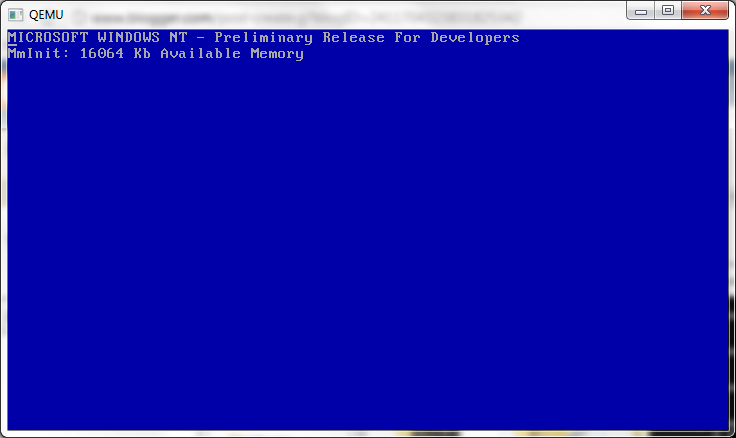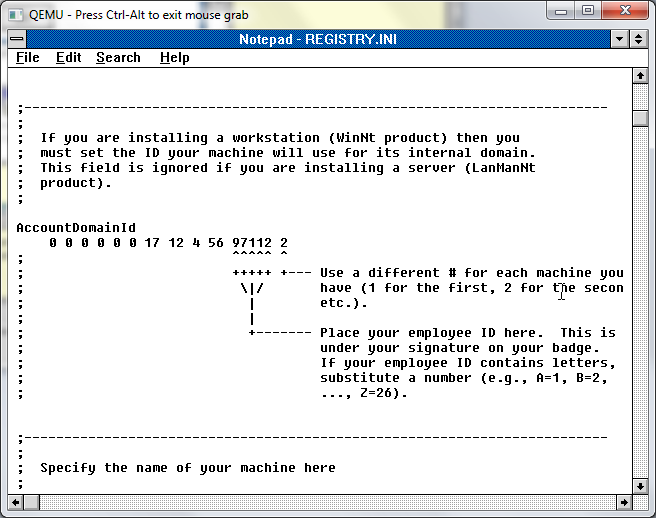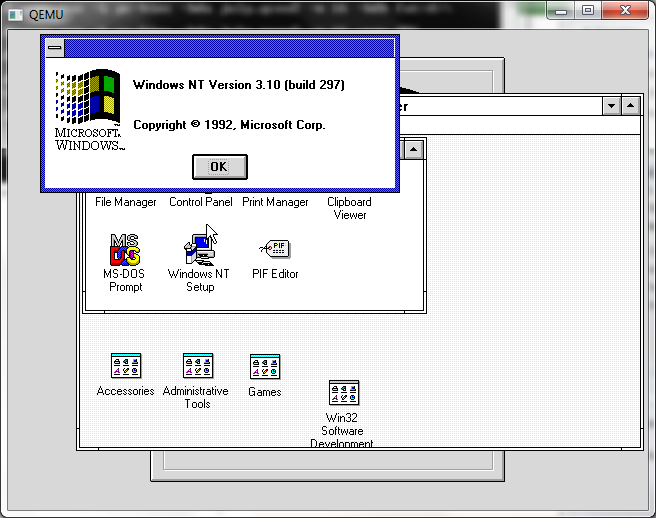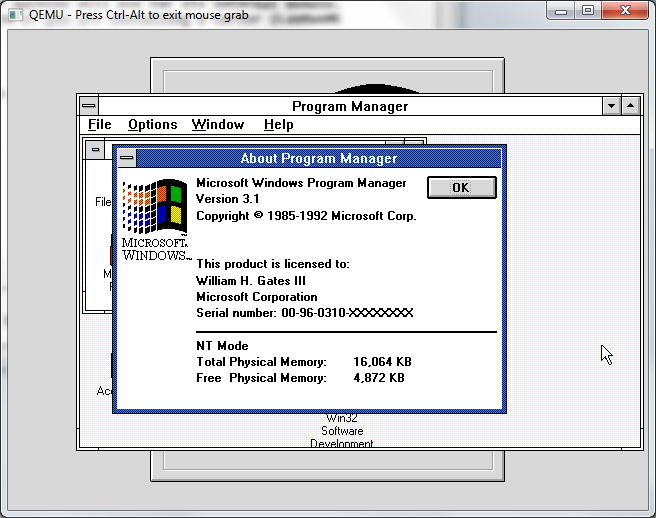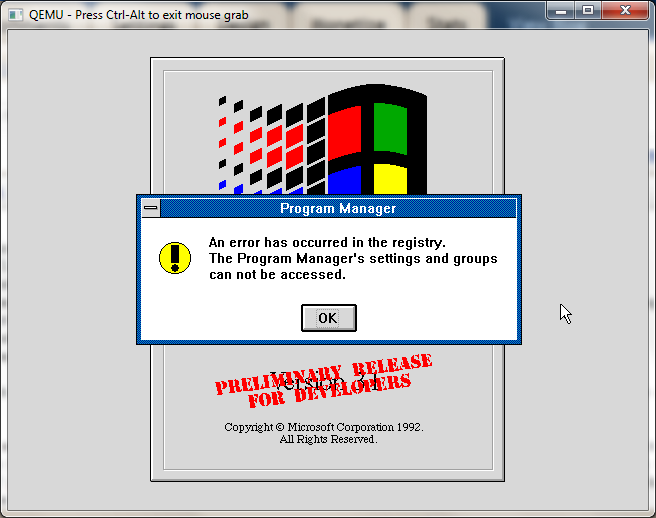(This is a guest post by Antoni Sawicki aka Tenox)
In a recent blog post Wanted: Console Text Editor for Windows I lamented about lack of a good console/cmd/PowerShell text editor for Windows. When researching for the article I made rather interesting discovery. There in a fact has been a native Windows, 32bit, console based text editor. It was available since earliest days of NT or even before. But let’s start from…
…in the beginning there was Z editor. Developed by Steve Wood for TOPS-20 operating system in 1981. Some time after that, Steve sold the source code to Microsoft, which was then ported to MS-DOS by Mark Zbikowski (aka the MZ guy) to become the M editor.
The DOS-based M editor was included and sold as part of Microsoft C 5.1 (March 1988), together with the OS/2 variant, the MEP editor (perhaps M Editor Protected-mode). The official name of M/MEP was simply Microsoft Editor. The same editor was also available earlier (mid-1987) as part of the MS OS/2 SDK under a different name: SDKED. Note that normally SDKED insists in operating in full screen mode. Michal Necasek generously spent his time and patched it up so that it can be run in windowed mode for your viewing pleasure.
However my primary interest lies with Windows NT. The NT Design Workbook mentions that in the early days a self-hosting developer workstation included compiler, some command line tools and a text editor – MEP. Leaked Windows NT builds sometimes include IDW, Internal Development Workstation, which also seem to contain a variant of the same editor. In fact some these tools including MEP.EXE can be found on Windows NT pre-release CD-ROMs (late 1991) under MSTOOLS. It was available for both MIPS and 386 as a Win32 native console based application.
The editor was later also available for Alpha, i386, MIPS, and PowerPC processors on various official Windows NT SDKs from 3.1 to 4.0. It survived up to July 2000 to be last included in Windows 2000 Platform SDK.
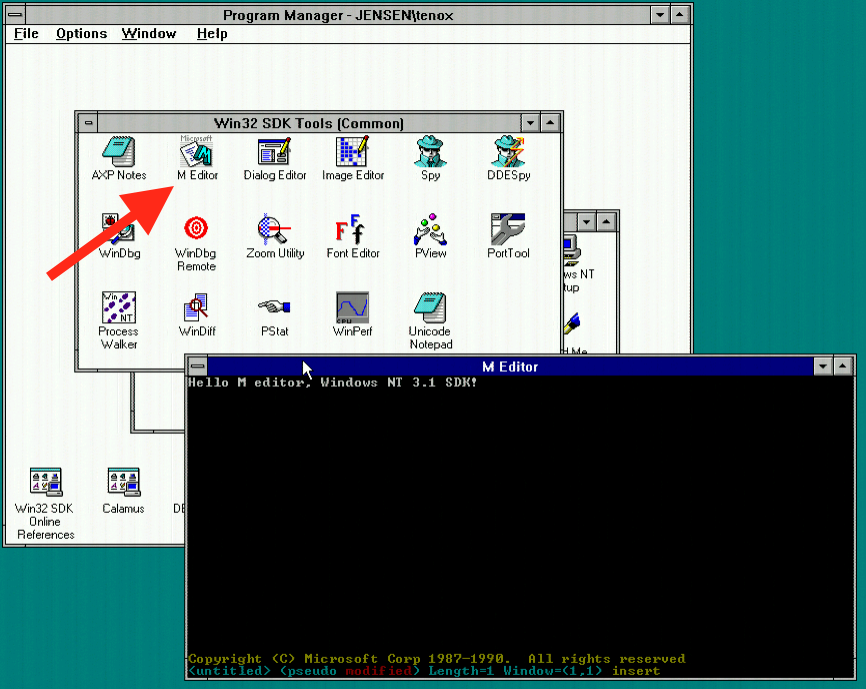
The Win32 version of MEP also comes with an icon and a file description which calls it M Editor in NT 3.1 SDK and later Microsoft Extensible Editor.

From time perspective, it was rather unfortunate that this gem was buried in the SDK rather than being included on Windows NT release media. However I can understand that the editor wasn’t very user friendly or intuitive, compared to say edit.com from MS-DOS. It came from a different era and similar to VI or Emacs, didn’t have “PC user friendly” key bindings or menus.
But that’s not the end of the story. The editor of many names survives to this day, at least unofficially. If you dig hard enough you can find it on OpenNT 4.5 build. For convenience, this and other builds including DOS M, OS/2 MEP and SDKED, NT SDK MEP can be downloaded here.
Digging through the archive I found not one but two copies of the editor code, lurking in the source tree. One under the name MEP inside \private\utils\mep\ folder and a second copy under name Z (which was the original editor for TOPS) in \private\sdktools\z folder. MEP was included in Platform SDK, while Z was only available as part of IDW.
Doing a few diffs I was able to get some insight on the differences. Looks like MEP was initially ported from OS/2 to NT and bears some signs of being an OS/2 app. The Z editor on the other hand is a few years newer and has many improvements and bug fixes over MEP. It also uses some specific NT only features.
Sadly the internal Z editor was never released anywhere outside of Redmond. All the versions outlined so far had copyrights only up to 1990, while Z clearly has copyright from 1995. Being a few years newer and more native to NT I wanted to see if a build could be made. With some effort I was able to separate it from the original source tree and compile stand alone. Being a pretty clean source code I was able to compile it for all NT hardware platforms, including x64, which runs comfortably on Windows 10. You can download Z editor for Windows here.
But how do you even use this thing?
Platform SDK contains pretty solid documentation in tools.chm.
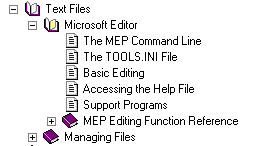
Here is a handy cheat sheet:
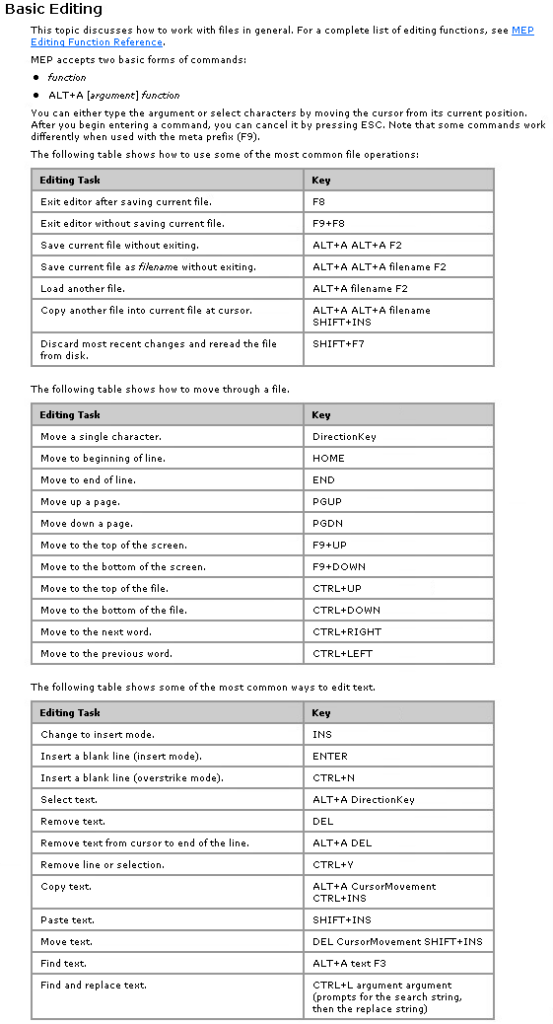
Last but not least there is a modern open source re-implementation of Z editor named K editor. It’s written from scratch in C++ and LUA and has nothing to do with the original MEP source code. K is built only for x64 using Mingw. There are no ready to run binaries so I made a fork and build.
The author Kevin Goodwin has kindly included copies of original documentation if you actually want to learn how to use this editor.

